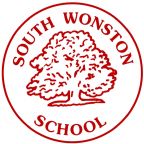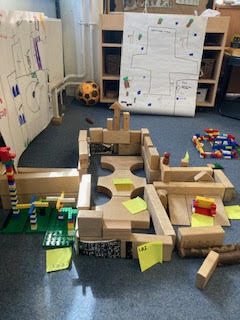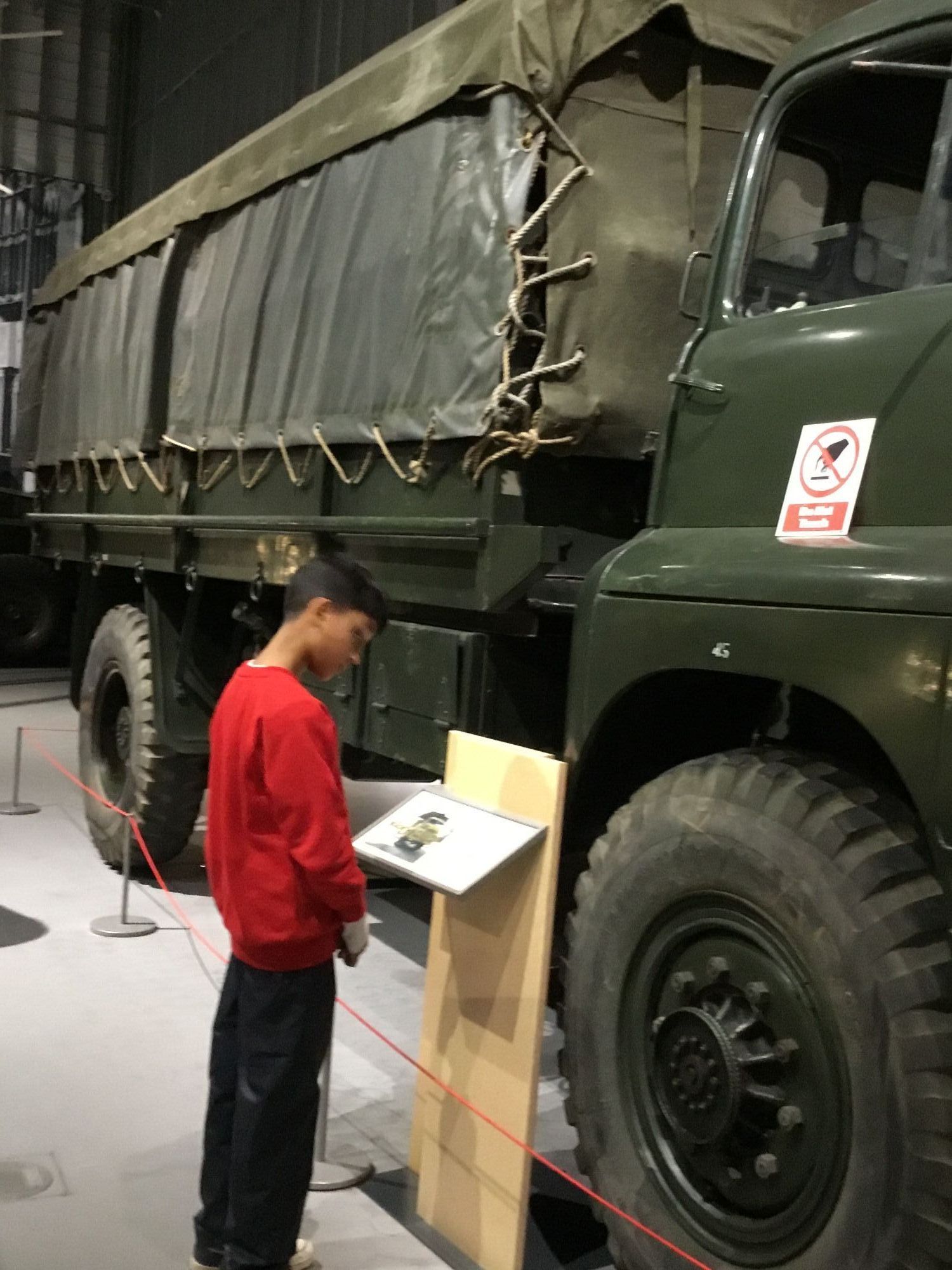History
What does History look like at South Wonston
Intent
At South Wonston Primary School we want our History curriculum to develop children’s love and curiosity of the past and its impact on their lives today. Our intention, through careful planning, is to consider the progression of both historical knowledge and skills so that students know more, remember more and understand more. We aim, through linking new content to prior learning, to ensure children's understanding of history is more than just 'in the moment knowledge'. They should develop a secure understanding of links between concepts, a more coherent mental time line and can make connections between significant periods of time, people, events and concepts. We want our children to be able to use subject specific and associated vocabulary so they can talk confidently about the past. We aim for pupils to become historical thinkers, questioning, thinking critically and considering evidence to make their own judgements about what they have learnt.
Implementation
At South Wonston, we follow the CUSP History curriculum. Our ambitious History content is organised over a two year cycle. This begins in the EYFS. Children will think about their personal history and changes in their own lives. They will use books, artefacts and first-hand experiences to help them learn about the past. Through this they will start to develop the vocabulary they will need to be able to talk about the past, compare similarities and difference and comment on change.
The cumulative nature of the curriculum, which includes retrieval knowledge, spaced retrieval practice, a focus on subject specific vocabulary and deliberate practice tasks ensures that the children have a secure understanding of each unit being taught.
There are 6 ‘big ideas’ or concepts that run through the History units. These are-Community, Knowledge, Invasion, Civilisation, Power and Democracy. The curriculum is designed that these concepts will keep being revisited as the children journey through the history curriculum.
Strong start and reference lessons are used at the beginning of new units. These help to guarantee that the children are not only motivated by new topics but that they have the knowledge, skills and vocabulary in place to be able to make connections to new content.
At the beginning of each new unit, a knowledge organiser is shared with the children with key information, facts and vocabulary the children will be learning. Knowledge notes are also used in each lesson as a reference point for the children and to highlight the key ideas. These are used as scaffolds to support and challenge all learners. Both of these are placed in the children’s individual books or floor books. Lessons begin with retrieval knowledge quizzes and questions to reinforce children’s understanding or prior learning and to help inform formative assessments.
Working both independently and collaboratively is an important part of our curriculum to help encourage questioning, comparing similarities and difference whilst also considering different interpretations of evidence.
Where possible, we make links to the local area making the content as relevant to the children as possible. We encourage trips and visitors to help deepen understanding and make our experiences in history as memorable as possible.
Impact
Through assessment for learning, retrieval quizzes, outcomes in books and discussion with children we will be able to assess the children’s knowledge and understanding in History. By the time our children leave our school they will become ‘more expert’ in the topics they study. The impact of our curriculum will be that children will use subject specific vocabulary to talk about the past, make links between the topics they study and be able to ask questions about their learning. Most importantly, we want our children to develop a love of History and use the skills they have required when learning about the past to have a positive impact on their future learning.


